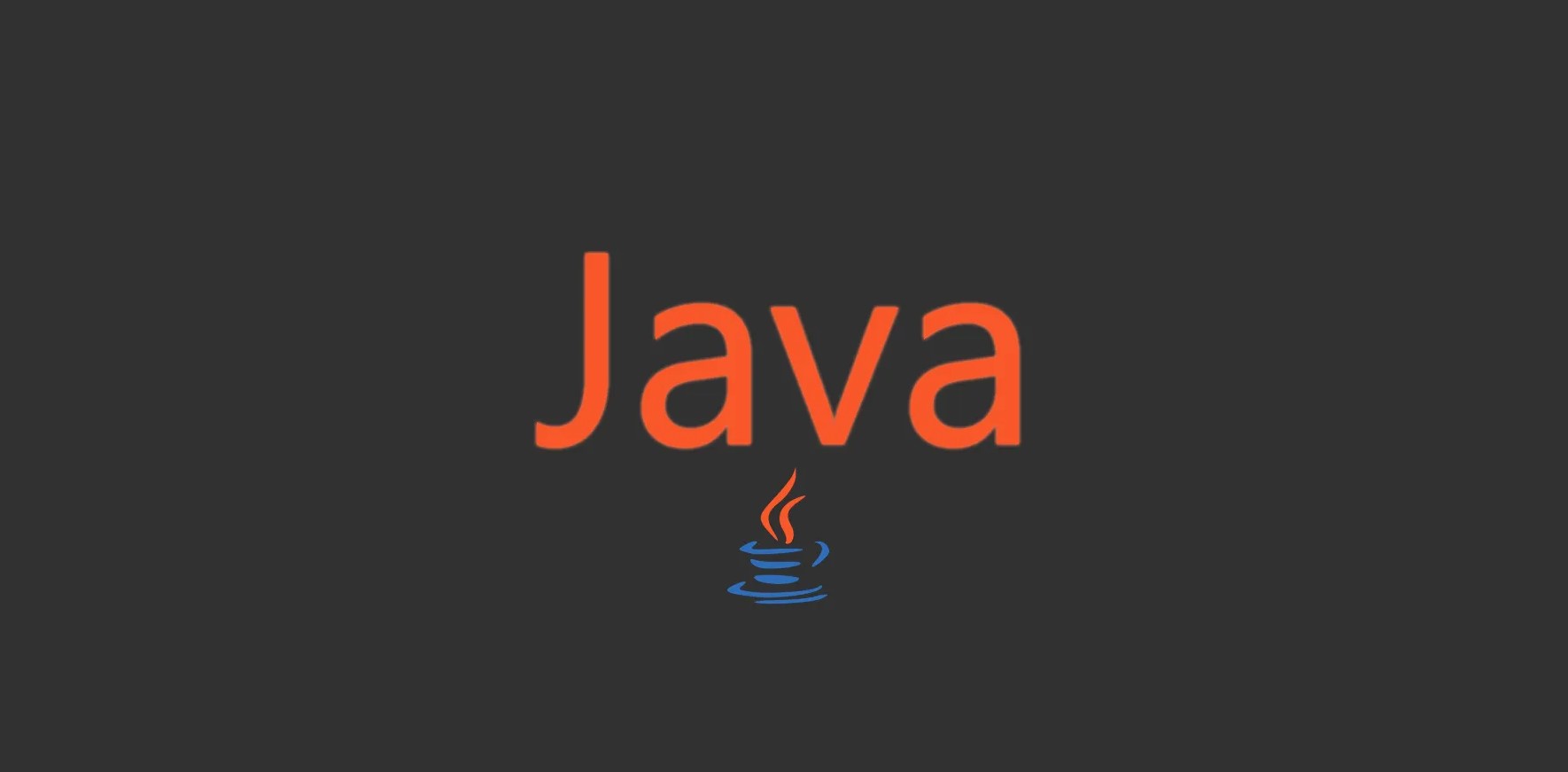Vue-1
- Vue核心
1.1 Vue简介
1.1.1官网
1.1.2 介绍与描述
- 动态构建用户界面的渐进式JavaScript框架
- 作者:尤雨溪
1.1.3 Vue的特点
- 遵循MVVM模式
- 编码简洁,体积小,运行效率高,适合移动/PC端开发
- 它本身只关注UI,可以引入其它第三方库开发项目
1.1.4.与其他JS框架的关联
- 借鉴 Angular 的模板和数据绑定技术
- 借鉴 React 的组件化和虚拟DOM技术
1.1.5. Vue周边库
- vue-cli:vue脚手架
- vue-resource
- axios
- vue-router:路由
- vuex:状态管理
- element-ui:基于vue的UI组件库(PC端)
1.2 初始Vue
- 想让Vue工作,就必须创建一个Vue实例,且要传入一个配置对象
- root容器里的代码依然符合html规范,只不过混入了一些特殊的Vue语法
- root容器里的代码被称为Vue模板
- Vue实例与容器是一一对应的
- 真实开发中只有一个Vue实例,并且会配合着组件一起使用
- 中的xxx要写js表达式,且xxx可以自动读取到data中的所有属性
- 一旦data中的数据发生变化,那么模板中用到该数据的地方也会自动更新
1
2
3
4
5
6
7
8
9
10
11
12
13
14
15
16
17
18
19
20
21
22
23
24
25
26
27
28
29
30
31
<html lang="en">
<head>
<meta charset="UTF-8">
<meta http-equiv="X-UA-Compatible" content="IE=edge">
<meta name="viewport" content="width=device-width, initial-scale=1.0">
<title>vue模板语法</title>
<script src="../js/vue.js"></script>
</head>
<body>
<div id="root">
<h1>插值语法</h1>
<h3>你好,{{name}}!</h3>
<hr>
<h1>指令语法</h1>
<a v-bind:href="url">快去看新番!</a><br>
<a :href="url">快去看新番!</a>
</div>
<script>
Vue.config.productionTip = false
new Vue({
el:'#root',
data:{
name:'JOJO',
url:'https://www.bilibili.com/'
}
})
</script>
</body>
</html>总结:
Vue模板语法包括两大类:
1.插值语法:
功能:用于解析标签体内容
写法:,xxx是js表达式,且可以直接读取到data中的所有区域 2.指令语法:
功能:用于解析标签(包括:标签属性、标签体内容、绑定事件…)
举例:或简写为,xxx同样要写js表达式,且 可以直接读取到data中的所有属性
备注:Vue中有很多的指令,且形式都是v-???,此处我们只是拿v-bind举个例子1.3 绑定数据
Vue中有2种数据绑定的方式:
1.单向绑定(v-bind):数据只能从data流向页面
2.双向绑定(v-model):数据不仅能从data流向页面,还可以从页面流向data
备注:- 双向绑定一般都应用在表单类元素上(如:input、select、textarea等)
- v-model:value可以简写为v-model,因为v-model默认收集的就是value值
1
2
3
4
5
6
7
8
9
10
11
12
13
14
15
16
17
18
19
20
21
22
23
24
25
26
27
28
<html lang="en">
<head>
<meta charset="UTF-8">
<meta http-equiv="X-UA-Compatible" content="IE=edge">
<meta name="viewport" content="width=device-width, initial-scale=1.0">
<title>数据绑定</title>
<script src="../js/vue.js"></script>
</head>
<body>
<div id="root">
单向数据绑定1:<input type="text" v-bind:value="name"><br>
单向数据绑定2:<input type="text" :value="name"><br>
双向数据绑定:<input type="text" v-model:value="name">
双向数据绑定:<input type="text" v-model="name">
</div>
<script>
Vue.config.productionTip = false
new Vue({
el:'#root',
data:{
name:'尚硅谷'
}
})
</script>
</body>
</html>1.4 el与data的两种写法
el有2种写法:
- 创建Vue实例对象的时候配置el属性
- 先创建Vue实例,随后再通过
vm.$mount('#root')指定el的值
data有2种写法:
- 对象式
- 函数式
- 如何选择:目前哪种写法都可以,以后学到组件时,data必须使用函数,否则会报错
1
2
3
4
5
6
7
8
9
10
11
12
13
14
15
16
17
18
19
20
21
22
23
24
25
26
27
28
29
30
31
32
33
34
35
36
37
38
39
40
41
42
<html lang="en">
<head>
<meta charset="UTF-8">
<meta http-equiv="X-UA-Compatible" content="IE=edge">
<meta name="viewport" content="width=device-width, initial-scale=1.0">
<title>el与data的两种写法</title>
<script src="../js/vue.js"></script>
</head>
<body>
<div id="root">
<h1>Hello,{{name}}!</h1>
</div>
<script>
Vue.config.productionTip = false
//el的两种写法:
// const vm = new Vue({
// // el:'#root', //第一种写法
// data:{
// name:'cc'
// }
// })
// vm.$mount('#root')//第二种写法
//data的两种写法:
new Vue({
el:'#root',
//data的第一种写法:对象式
// data:{
// name:'cc'
// }
//data的第二种写法:函数式
data(){
return{
name:'cc'
}
}
})
</script>
</body>
</html>由Vue管理的函数,一定不要写箭头函数,否则this就不再是Vue实例了
1.5 MVVM模型

MVVM模型:
- M:模型(Model),data中的数据
- V:视图(View),模板代码
- VM:视图模型(ViewModel),Vue实例
1
2
3
4
5
6
7
8
9
10
11
12
13
14
15
16
17
18
19
20
21
22
23
24
25
26
27
28
<html lang="en">
<head>
<meta charset="UTF-8">
<meta http-equiv="X-UA-Compatible" content="IE=edge">
<meta name="viewport" content="width=device-width, initial-scale=1.0">
<title>mvvm</title>
<script src="../js/vue.js"></script>
</head>
<body>
<div id="root">
<h2>名称:{{name}}</h2>
<h2>战队:{{rank}}</h2>
<h2>测试:{{$options}}</h2>
</div>
<script>
Vue.config.productionTip = false
new Vue({
el:'#root',
data:{
name:'cc',
rank:'6'
}
})
</script>
</body>
</html>总结:
- data中所有的属性,最后都出现在了vm身上
- vm身上所有的属性 及 Vue原型身上所有的属性,在Vue模板中都可以直接使用
1.6 Vue中的数据代理

Vue中的数据代理通过vm对象来代理data对象中属性的操作(读/写)
Vue中数据代理的好处:更加方便的操作data中的数据
基本原理:
1.通过object.defineProperty()把data对象中所有属性添加到vm上。
2.为每一个添加到vm上的属性,都指定一个getter/setter。
3.在getter/setter方法内部去操作(读/写)data中对应的属性。
1.7 事件处理
1.7.1 事件的基本用法
- 使用v-on:xxx或@xxx绑定事件,其中xxx是事件名
- 事件的回调需要配置在methods对象中,最终会在vm上
- methods中配置的函数,==不要用箭头函数!==否则this就不是vm了
- methods中配置的函数,都是被Vue所管理的函数,this的指向是vm或组件实例对象
- @click=”demo和@click=”demo($event)”效果一致,但后者可以传参
1
2
3
4
5
6
7
8
9
10
11
12
13
14
15
16
17
18
19
20
21
22
23
24
25
26
27
28
29
30
31
32
33
34
35
<html lang="en">
<head>
<meta charset="UTF-8">
<meta http-equiv="X-UA-Compatible" content="IE=edge">
<meta name="viewport" content="width=device-width, initial-scale=1.0">
<title>事件的基本用法</title>
<script src="../js/vue.js"></script>
</head>
<body>
<div id="root">
<h2>hello,{{name}}</h2>
<button v-on:click="showInfo1">点我提示信息1</button>
<button @click="showInfo2($event,66)">点我提示信息2</button>
</div>
<script>
Vue.config.productionTip = false
new Vue({
el:'#root',
data:{
name:'JOJO'
},
methods:{
showInfo1(event){
console.log(event)
},
showInfo2(evnet,num){
console.log(event,num)
}
}
})
</script>
</body>
</html>1.7.2 事件修饰符
Vue中的事件修饰符:
事件修饰符 说明 prevent 阻止默认事件(常用) stop 阻止事件冒泡(常用) once 事件只触发一次(常用) capture 使用事件的捕获模式 self 只有 event.target是当前操作的元素时才触发事件passive 事件的默认行为立即执行,无需等待事件回调执行完毕 1
2
3
4
5
6
7
8
9
10
11
12
13
14
15
16
17
18
19
20
21
22
23
24
25
26
27
28
29
30
31
32
33
34
35
36
37
38
39
40
41
42
43
44
45
46
47
48
49
50
51
52
53
54
55
56
57
58
59
60
61
62
63
64
65
66
67
68
69
70
71
72
73
74
75
76
77
78
79
80
81
82
83
84
85
86
87
88
89
90
91
92
93
94
95
96
<html>
<head>
<meta charset="UTF-8" />
<title>事件修饰符</title>
<script type="text/javascript" src="../js/vue.js"></script>
<style>
*{
margin-top: 20px;
}
.demo1{
height: 50px;
background-color: skyblue;
}
.box1{
padding: 5px;
background-color: skyblue;
}
.box2{
padding: 5px;
background-color: orange;
}
.list{
width: 200px;
height: 200px;
background-color: peru;
overflow: auto;
}
li{
height: 100px;
}
</style>
</head>
<body>
<div id="root">
<h2>欢迎来到{{name}}学习</h2>
<!-- 阻止默认事件 -->
<a href="http://www.atguigu.com" @click.prevent="showInfo">点我提示信息</a>
<!-- 阻止事件冒泡 -->
<div class="demo1" @click="showInfo">
<button @click.stop="showInfo">点我提示信息</button>
</div>
<!-- 事件只触发一次 -->
<button @click.once="showInfo">点我提示信息</button>
<!-- 使用事件的捕获模式 -->
<div class="box1" @click.capture="showMsg(1)">
div1
<div class="box2" @click="showMsg(2)">
div2
</div>
</div>
<!-- 只有event.target是当前操作的元素时才触发事件 -->
<div class="demo1" @click.self="showInfo">
<button @click="showInfo">点我提示信息</button>
</div>
<!-- 事件的默认行为立即执行,无需等待事件回调执行完毕 -->
<ul @wheel.passive="demo" class="list">
<li>1</li>
<li>2</li>
<li>3</li>
<li>4</li>
</ul>
</div>
</body>
<script type="text/javascript">
Vue.config.productionTip = false
new Vue({
el:'#root',
data:{
name:'尚硅谷'
},
methods:{
showInfo(e){
alert('同学你好!')
},
showMsg(msg){
console.log(msg)
},
demo(){
for (let i = 0; i < 100000; i++) {
console.log('#')
}
console.log('累坏了')
}
}
})
</script>
</html>修饰符可以连续写,比如可以这么用:
@click.prevent.stop="showInfo"1.7.3 键盘事件
键盘上的每个按键都有自己的名称和编码,例如:Enter(13)。而Vue还对一些常用按键起了别名方便使用
Vue中常用的按键别名:
键盘别名 说明 回车 enter 删除 delet (捕获“删除”和“退格”键) 退格 esc 空格 space 换行 tab(特殊,必须配合keydown去使用) 上 up 下 down 左 left you right 1
2
3
4
5
6
7
8
9
10
11
12
13
14
15
16
17
18
19
20
21
22
23
24
25
26
27
28
29
30
<html>
<head>
<meta charset="UTF-8" />
<title>键盘事件</title>
<script type="text/javascript" src="../js/vue.js"></script>
</head>
<body>
<div id="root">
<h2>欢迎来到{{name}}学习</h2>
<input type="text" placeholder="按下回车提示输入" @keydown.enter="showInfo">
</div>
</body>
<script type="text/javascript">
Vue.config.productionTip = false
new Vue({
el:'#root',
data:{
name:'尚硅谷'
},
methods: {
showInfo(e){
console.log(e.target.value)
}
},
})
</script>
</html>注意:
1.系统修饰键(用法特殊):ctrl、alt、shift、meta
1.配合keyup使用:按下修饰键的同时,再按下其他键,随后释放其他键,事件才被触发
2.配合keydown使用:正常触发事件
2.可以使用keyCode去指定具体的按键,比如:@keydown.13=”showInfo”,但不推荐这样使用3.Vue.config.keyCodes.自定义键名 = 键码,可以自定义按键别名
1.8 计算属性
上所有的属性,在Vue模板中都可以直接使用

